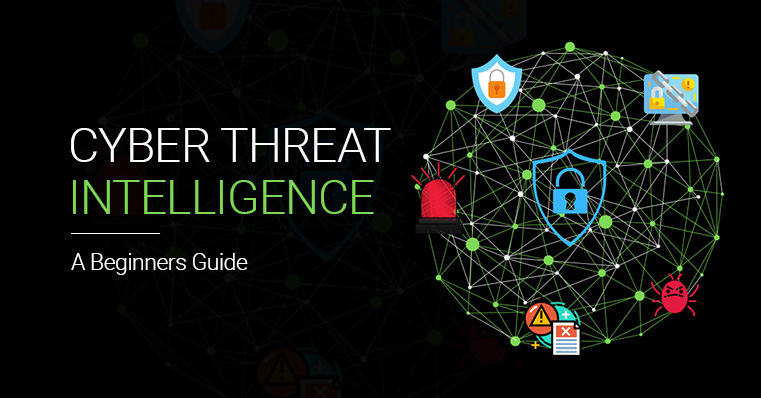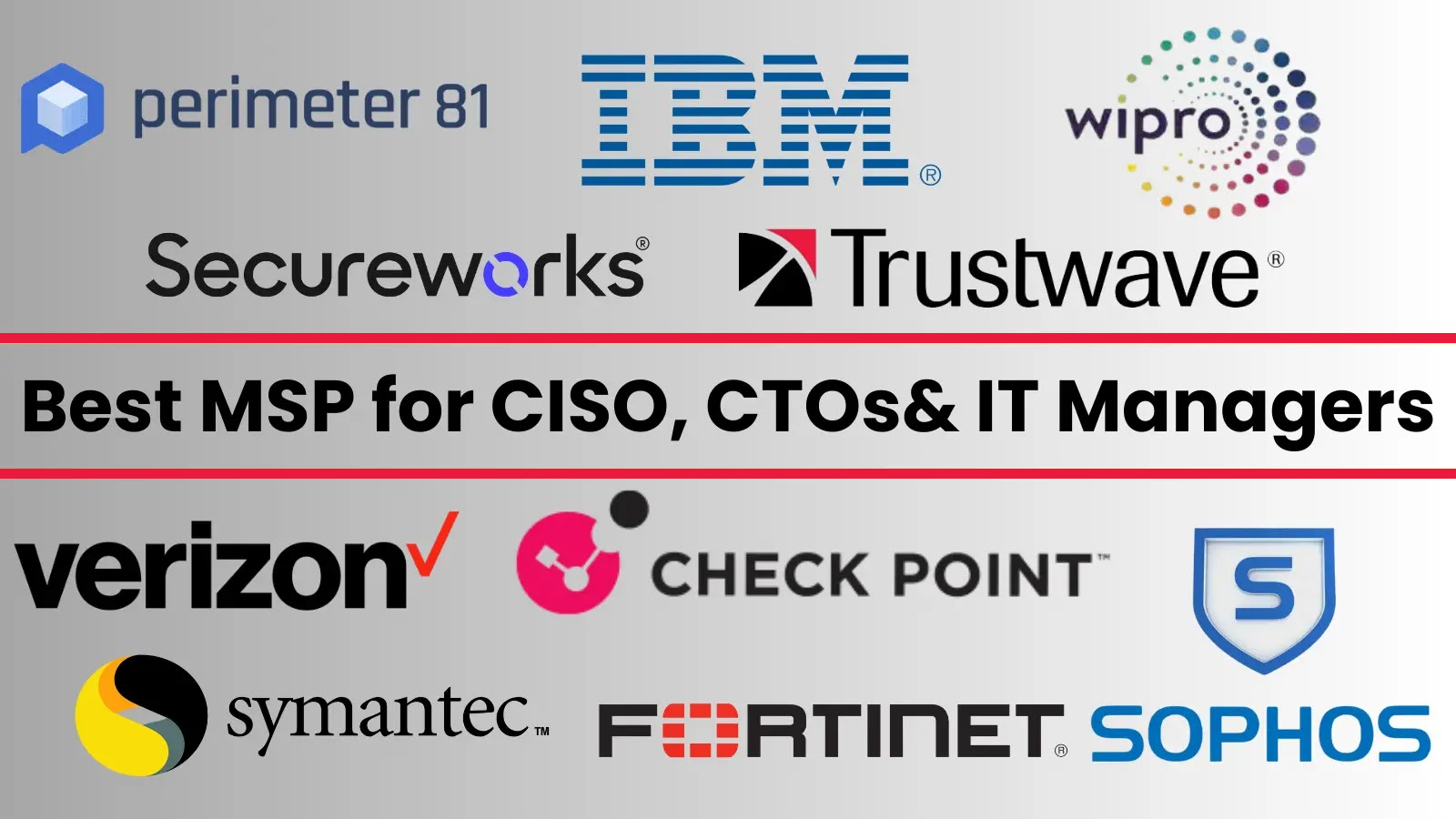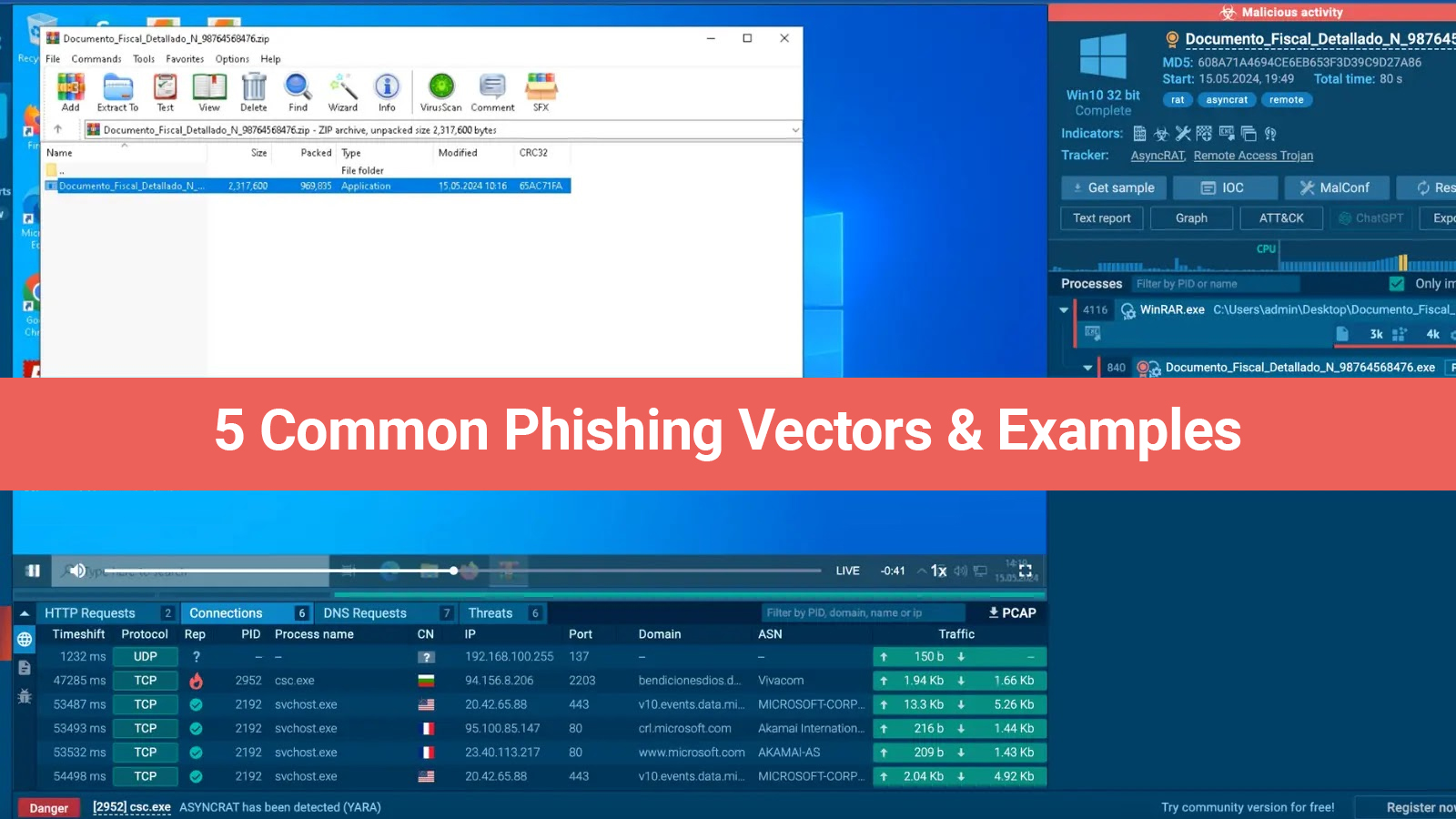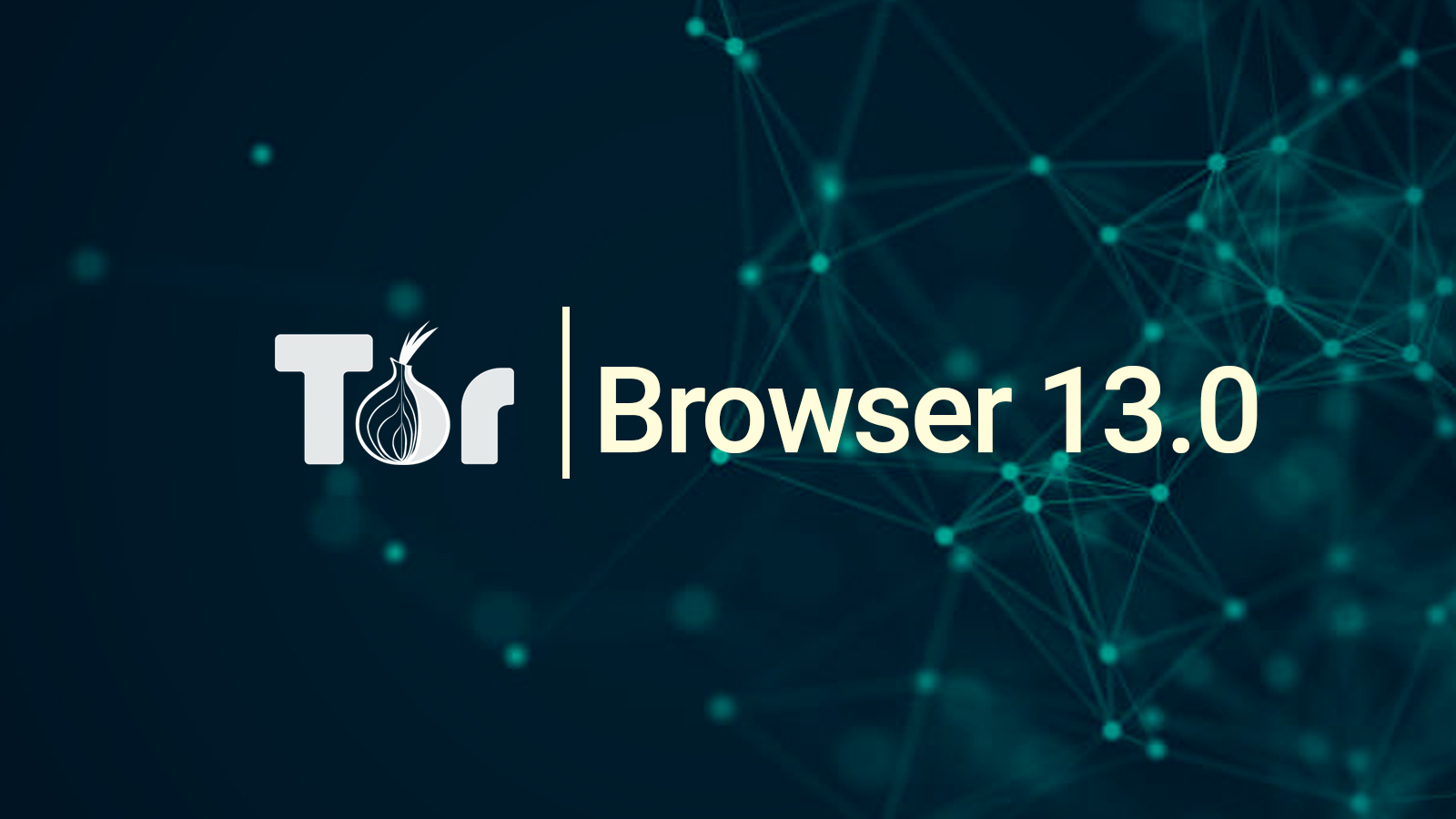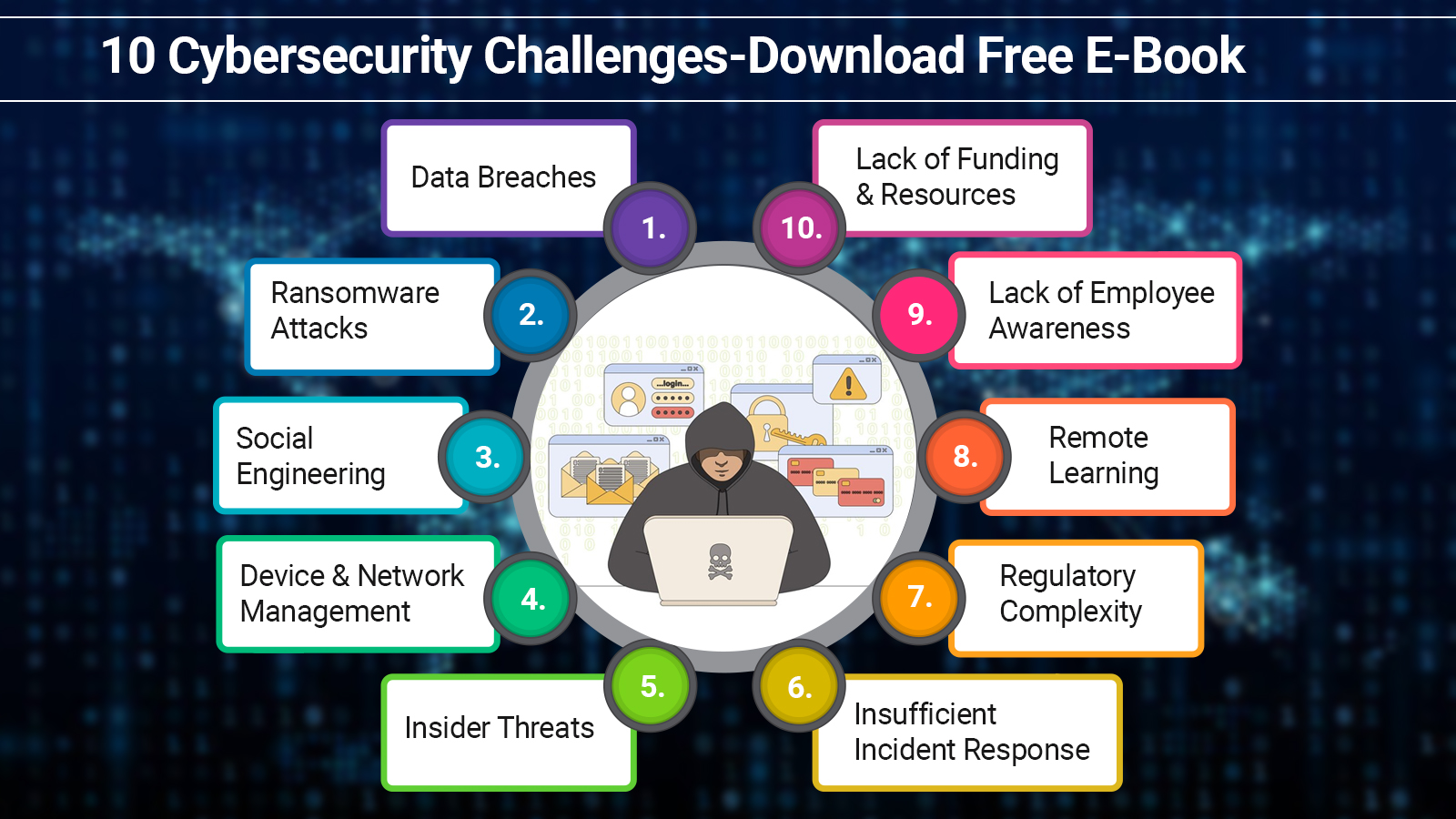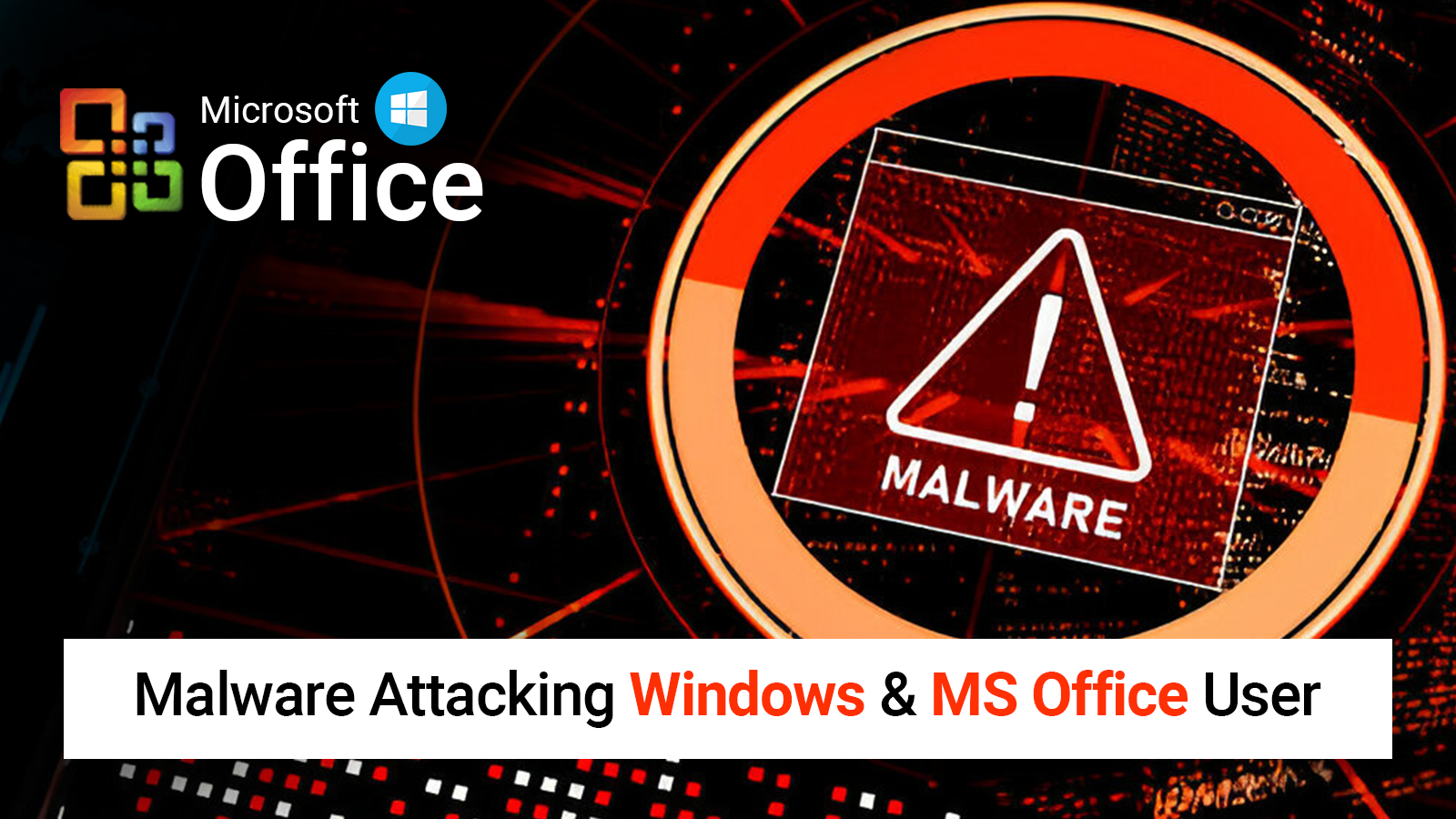In the emerging threat atmosphere, CTI - Cyber Threat Intelligence is a major concern. It is all because of the increasing zero-day attacks, cyber crimes, and surveillance activities. However, there are conventional approaches to maintaining cyber threat intelligence, but still, they are not enough. With these approaches, you can not address risks in individual organizations properly.
Well, there are various threat actors that are consecutively inventing advanced tools and techniques. These techniques are certainly very helpful in acquiring the information they need. If you also have the desire to achieve success in recognizing gaps and unfamiliar flaws in your organization’s safety, scroll down. Once you walk through this blog post, you will have detailed information about cyber threat intelligence.
Let’s get started!
An Overview Of Threat Intelligence
Threat intelligence indicates threat data or threat information. It is possible to evaluate them from credible sources. Later on, they are circulated in a way, so that its end-users can consider it actionable.
In the simplest terms, intelligence states that it allows users to recognize threats and chances in the cybersecurity landscape. For this, it makes use of correct, appropriate, and scrutinized information. By minimizing the requirement to sort out alerts from data, security teams can increase the scarce resources. Apart from this, it is beneficial to accelerate the procedures related to making decisions.
It is quite easy to adjust processes when you suspect the nature of the threat. Later on, you can proceed to attribute to an exclusive threat actor. Furthermore, you can also adjust the procedures, and measure metrics that are already developed. This way, you can posture your company against potential losses more conveniently.
Therefore, it is crucial to give priority to cyber threat intelligence procedures. Along with this, you can also come to know the way to integrate CTI into the security operations.
What Are The Types Of Threat Intelligence?
To give you detailed information about the types of threat intelligence, we have outlined this section. So, let’s proceed and be aware of the types of cyber threat intelligence.
Strategic threat intelligence
It offers a comprehensive view of the threat atmosphere and business problems. The main purpose of designing strategic threat intelligence is to inform the executive board’s decisions. It covers not only technical but also most likely financial cybersecurity threats.
Tactical threat intelligence
This form of threat intelligence entirely focuses on TTPs - Tactics, Techniques & Procedures. It is entirely related to the exclusive attack vectors. And the interesting part is that the threat actors do favor them in your industrial location.
Simply put, this is one of the forms of intelligence that is highly actionable. Operational staff including - incident responders use it to ensure that the technical control is suitably prepared.
Operational threat intelligence
Now, it comes to operational intelligence. It is concerned with unique attacks. This way, it proves to be helpful to senior security staff probation about the timing & location of attacks.
Technical threat intelligence
In limited words, technical threat intelligence consists of a range of indicators. They are beneficial for identifying and blocking suspected malicious communications.
How Can Cyber Threat Intelligence Add Value?
If you are expecting CTI - Cyber Threat Intelligence useful, it is required to focus on the priorities of the business. In addition to this, it is helpful in reducing the risk profile of the organizations. This way, it becomes easy to enhance security operations and decision-making in a business.
Below are various factors that you can consider to make confirmed decisions about this. Let’s see what they are -
- First, it is required that the intelligence strives on time. It is helpful in addressing an issue that you will face and are likely to face in the coming time.
- It should be accurate so that it can represent the actual activity.
- There is a need to check if the intelligence is actionable or not. This way, you can have an estimation of the ability of the organization to do something with it.
- Last but not least, keep this thing in mind that it requires that intelligence is relevant. It should be relevant enough so that it can provide your business value.
Why Cyber Threat Intelligence Is The Most Beneficial?
Cyber threat intelligence offers out-of-the-box benefits that are not possible to think of. If you have the enthusiasm to be conscious of why it is more advantageous than SOC ( security operation center), keep reading. Once you go through the information given in this section, you will have an idea about it.
Cyber Threat Intelligence
- Real-time detection
- The most proactive defense mechanism
- Adequate knowledge of the attack pattern
- Helpful in maintaining the visibility of the landscape
- Enable security infrastructure to respond to the latest threats
- Detect malicious actions
Wrapping-up
In short, after exploring the key details given in this blog, you will be able to be aware of cyber threat intelligence. This way, you can get a better idea of how valuable it is in the present era of attacks & hijacks. Ultimately, you can unlock end-to-end security for the business you deal in.
Have you found this blog helpful? Shake hands with our TTB Community on LinkedIn for further information regarding blogs & latest updates!

